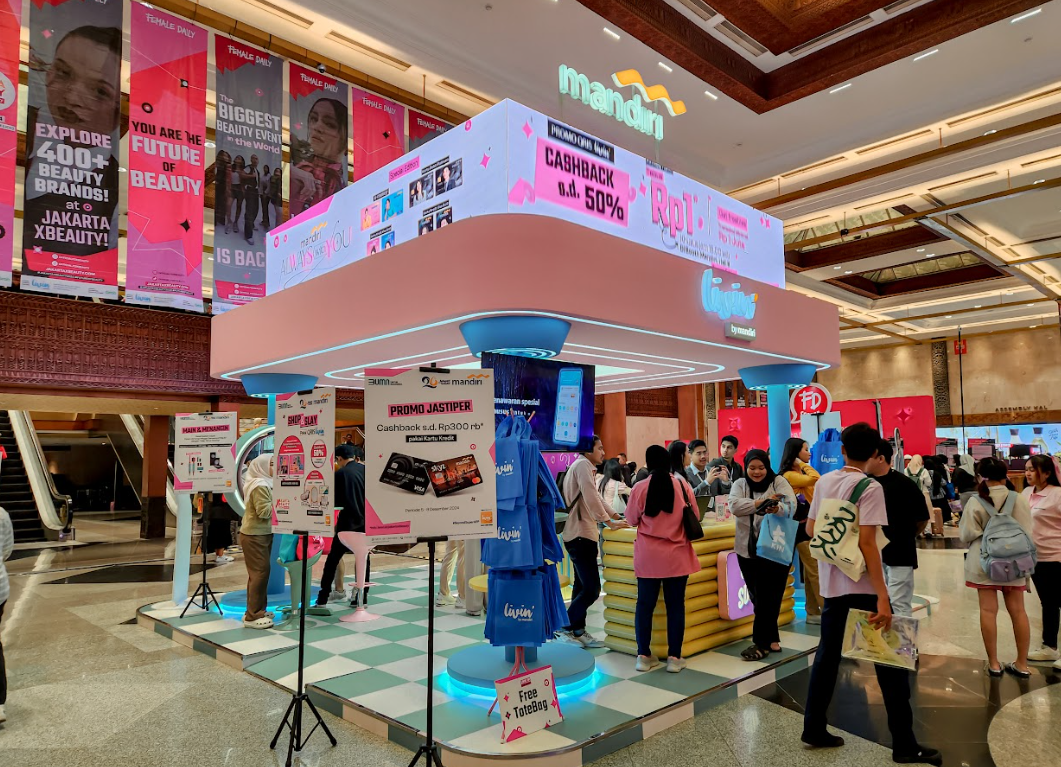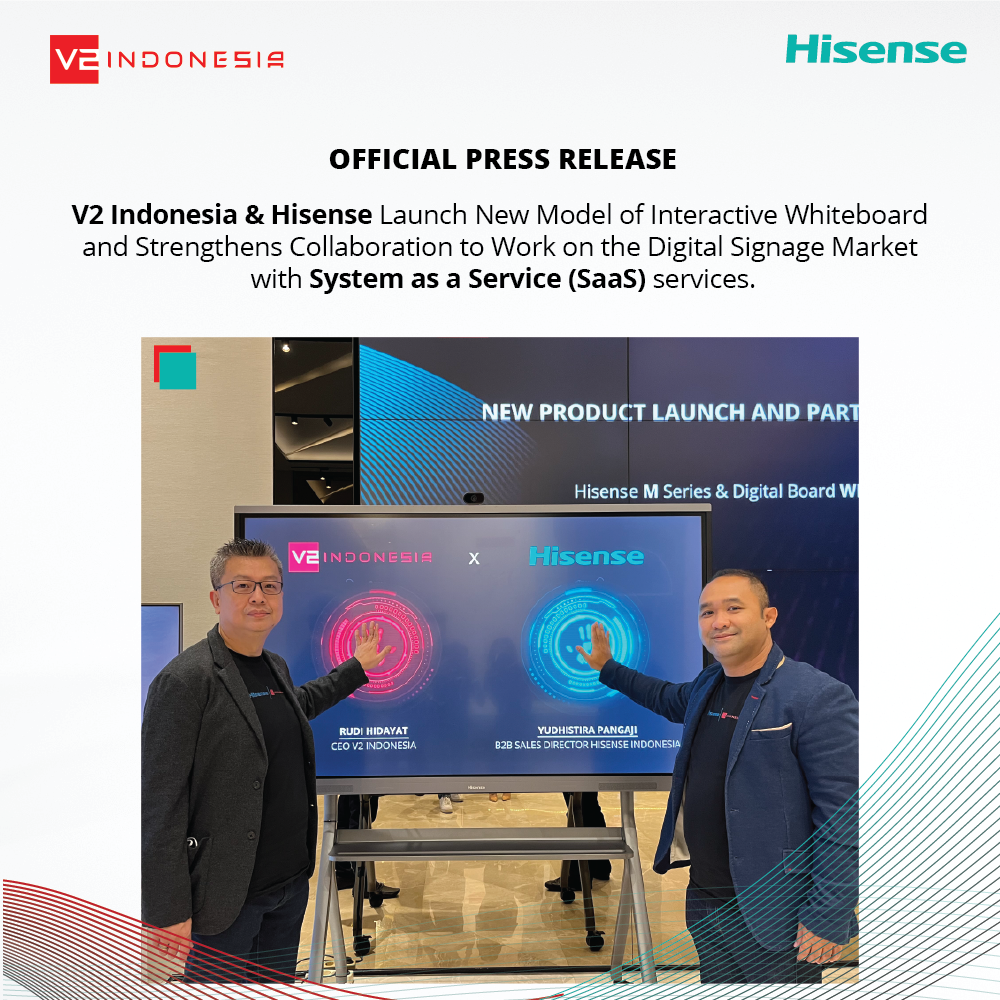LED Display: Solusi Visual Modern untuk Event & Iklan
Posting Date
Category
21 Oct 2025
Business

LED Display: Modern Visual Technology for Events, Exhibitions, and Digital Advertising
Enhance the appearance of your events, exhibitions, and digital advertising with modern LED display technology. It delivers bright, interactive visuals that easily capture audience attention across various occasions.
In today’s marketing world, visual presentation plays a crucial role in creating a strong and professional first impression. With the ability to display high-quality images, LED displays have become an effective solution for brands, event organizers, and businesses that want to stand out amid the fierce competition in visual communication.
What Is an LED Display?
An LED display is a digital screen that uses Light Emitting Diodes to present images, text, or videos. Unlike conventional LCD screens, LEDs offer higher brightness, sharper contrast, and better energy efficiency. The technology can be applied to various sizes, from small indoor panels to large outdoor videotrons.
Today, LED displays are used across many industries — from exhibitions, concerts, and corporate events to roadside advertising and control rooms. Their main advantage lies in providing clear visuals even under direct sunlight and offering high design flexibility.
Functions and Advantages of LED Displays
-
Attract Audience Attention
LED displays have a strong visual appeal. Bright colors and dynamic movement make it easier for the audience to focus on your message. -
Enhance Brand Image
In events or exhibitions, a booth equipped with an LED display looks more professional, modern, and technologically forward. -
Flexible in Design and Size
LED panels can be assembled into various shapes, flat, curved, or transparent, to match the theme and layout of your event. -
Long-Term Efficiency
Although the initial cost is higher than traditional media, LED displays last longer and consume less power, making them a cost-effective visual investment. -
Supports Interactive Content
Newer LED technologies can function as touchscreens or integrate with motion-sensor systems for interactive experiences.
Types of LED Displays
-
Indoor LED Display
Ideal for indoor environments such as malls, offices, or exhibitions. It offers a small pixel pitch for sharp images at close viewing distances. -
Outdoor LED Display
Designed to withstand weather conditions and direct sunlight. Commonly used for billboards, stadiums, or outdoor concerts. -
Transparent LED Display
Transparent panels that display bright visuals without blocking the view behind the screen. Perfect for modern building façades or minimalistic booth designs. -
Curved LED Display
Can be shaped into curves to create unique and futuristic visual presentations, often used in large stages or automotive exhibitions. -
LED Floor Display
Built to be walked on while displaying dynamic visual effects, creating immersive experiences for visitors.
Applications of LED Displays in Various Fields
-
Events & Exhibitions: Display product videos, promotional animations, or interactive backdrops.
-
Retail & Stores: Engage customers with real-time digital promotional displays.
-
Outdoor Advertising (OOH): Large-scale promotional media in public areas and highways.
-
Corporate & Education: Used for presentations, announcements, and visual data dashboards.
-
Entertainment & Concerts: Deliver immersive audiovisual experiences for every performance.
Tips for Choosing the Right LED Display
-
Match the Location
Decide whether it’s for indoor or outdoor use to ensure proper brightness and weather resistance. -
Check Resolution and Pixel Pitch
The smaller the pixel pitch, the sharper the image quality. -
Inspect Panel Quality and Certifications
Ensure the LED display has safety and energy-efficiency certifications. -
Consider After-Sales Support
Choose a vendor that provides technical support and regular maintenance services. -
Compare Prices and Specifications
Don’t be tempted by low prices alone — focus on vendors that deliver the best visual performance within your budget.
Why Renting LED Displays Is More Efficient
Not every business needs to purchase LED displays permanently. For event organizers, corporations, or brands that use them periodically, renting LED displays is often the most cost-efficient solution.
Key Benefits:
- Lower initial investment
- No installation or maintenance hassle
- Customizable size and resolution for each event
- Supported by professional technicians during operation
The Future of LED Display Technology
LED technology continues to evolve rapidly. Today, innovations such as microLED and transparent displays offer more detailed visuals, lighter weight, and better energy efficiency. In the future, LED displays will integrate further with IoT, AR/VR, and real-time data systems — making them an essential part of modern visual communication strategies.
Contact Us
Looking for LED display rental solutions for your event, exhibition, or promotional campaign? We provide professional LED display rental services in various sizes, resolutions, and configurations, complete with full technical support throughout your event.
Contact us for a free consultation and the best offer today.
FAQ
What’s the difference between LED displays and videotrons?
Technically, they’re the same — “videotron” is simply the term commonly used in Indonesia for large outdoor LED screens.
Can LED displays be used in small indoor spaces?
Yes. By choosing indoor LED displays with a small pixel pitch, visuals remain sharp even at close range.
How much does it cost to rent an LED display?
Prices vary depending on size, resolution, rental duration, and installation location. Rates are typically calculated per square meter per day.
Are LED displays power-hungry?
No. LED technology is much more energy-efficient than conventional screens or lighting systems.
Can LED displays show interactive content?
Yes. Some types support touch functions or can be integrated with motion sensors, cameras, and interactive software systems.



